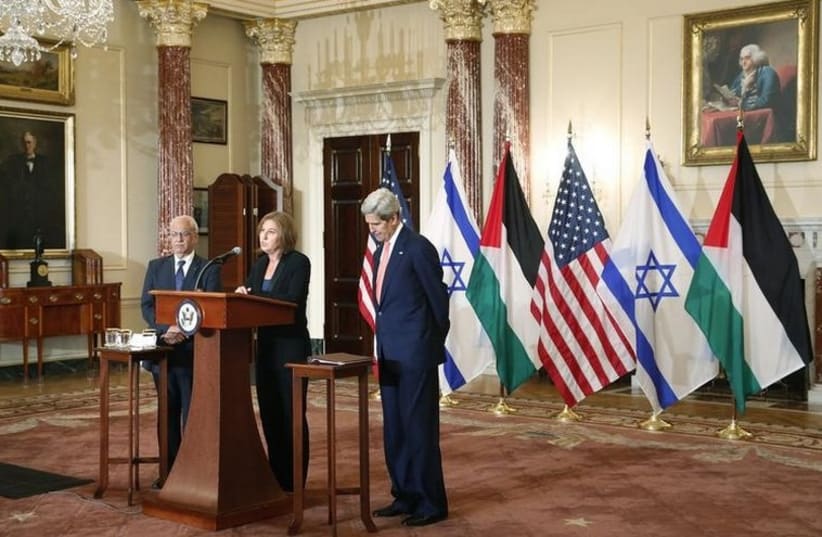See the latest opinion pieces on our page
This should really worry anyone who wants to see stability and quiet between the two parties in our lifetime. A forced solution to the conflict will not bring the two sides closer but would only generate more tensions and confliction.A basic condition for the success of negotiations is that each side has an incentive to negotiate. Every party must believe negotiating will allow it to reach chief goals and therefore render some concession worthwhile and profitable.A resolution that will dictate a solution to the conflict will remove this element for both sides. Dictating the borders or a time of Israeli withdrawal from the territories will allow the Palestinians to achieve the majority of their feasible goals. However this will remove any incentive to compromise on the remaining issues. This will undermine any hope of moderation or the recognition of the State of Israel.This should not be left to Palestinian Authority President Mahmoud Abbas’ good will. Abbas’ record on incitement against Jews and Israel does not seem promising. More importantly, portrayed by State Department as the last moderate leader and over 80 years of age, the question remains what will happen the day after Abbas.Israel for its part will hardly be persuaded into cooperation with a forced resolution. Failure to follow a Security Council resolution will likely bring about additional pressure to the little state. Yet, as Israel learned many times before, conceding land and following UN resolutions does not secure the international community’s support.Sadly it may also carry a heavy price of lost lives. The last war in Gaza serves as a good example on both accounts.Faced with the current impasse it seems wise and necessary to review and revise our policy. Here are some suggestions:De-sanctify the two-state solution. Having two states living side by side may be the end result of the conflict, and it may not. What is clear is that prematurely confining the negotiations to one final result constrains the flexibility of both parties, and makes finding a solution all the more complicated.Moderate our short-term goals. Prime Minister Benjamin Netanyahu’s remarks on the feasibility of a two-state solution reflect what any observer of the conflict realized long ago. Neither side is ready to sign a final clear-cut treaty to end the conflict. Insistence on such a demand frustrates all parties and portrays the failing to achieve that goal as a political incompetence and failure.Our aim should be incremental steps of increased political, economic and security cooperation between Israel and the Palestinians. This is in both parties’ interest – and ours.Promote grassroots cooperation and tolerance. Recently the PA declared a boycott on basic Israeli products. At the same time the Boycott Divestment and Sanctions (BDS) campaign has been gaining traction not only in Europe but here in the US as well. Such actions are not helpful; they feed the incitement and radicalization narrative that rejects any understanding between Israelis and Palestinians.Prevent American money from supporting educational institutions and camps that teach incitement. Some will challenge that conditioning transfer of funds to the Palestinian authority and UNRWA upon compliance will cause instability in the West Bank, however we can’t a become hostages of our own policy. Allowing American funds to promote incitement of young students will prove destructive to our policy on the long run.Incentivize business and economic cooperation between Israelis and Palestinians in the private-sector realm.Creating grassroots cooperation and mutual business dependence may result in pressure on the political leadership of both sides for stability and quiet.These steps will not bring an immediate solution. However as Van Gogh once said: “Great things are not done by impulse, but by a series of small things brought together.” Surly Van Gogh was speaking of art; successful foreign policy is in fact a form of art.The author is a US Congressman, first elected to represent Colorado’s Fifth Congressional District in 2006.
Bringing peace one piece at a time
"Our aim should be incremental steps of increased political, economic and security cooperation between Israel and the Palestinians; This is in both parties’ interest – and ours."
